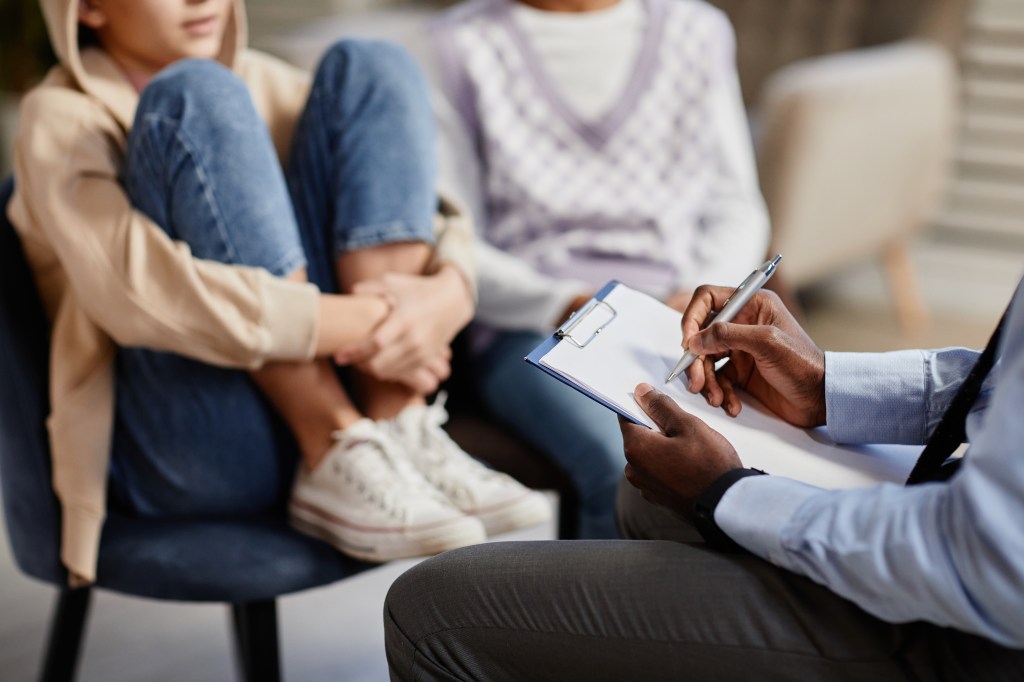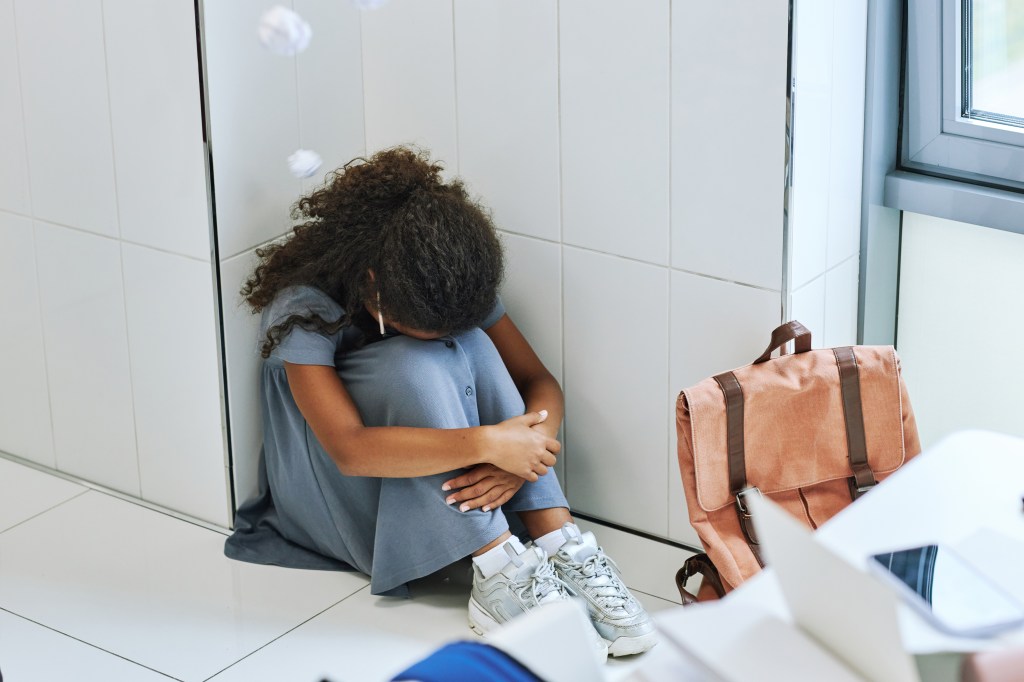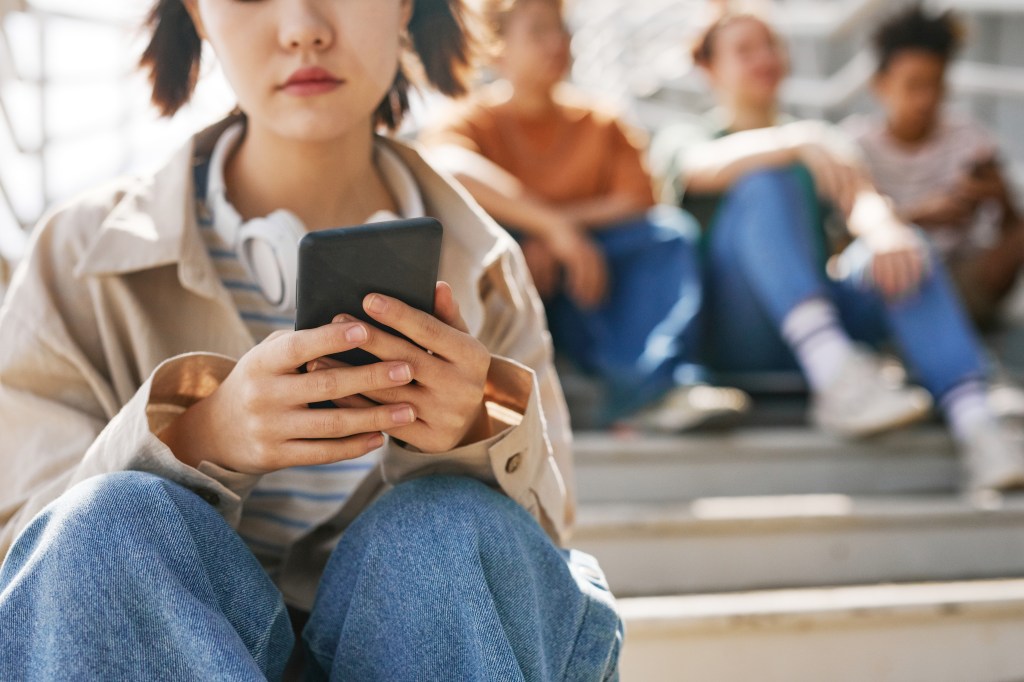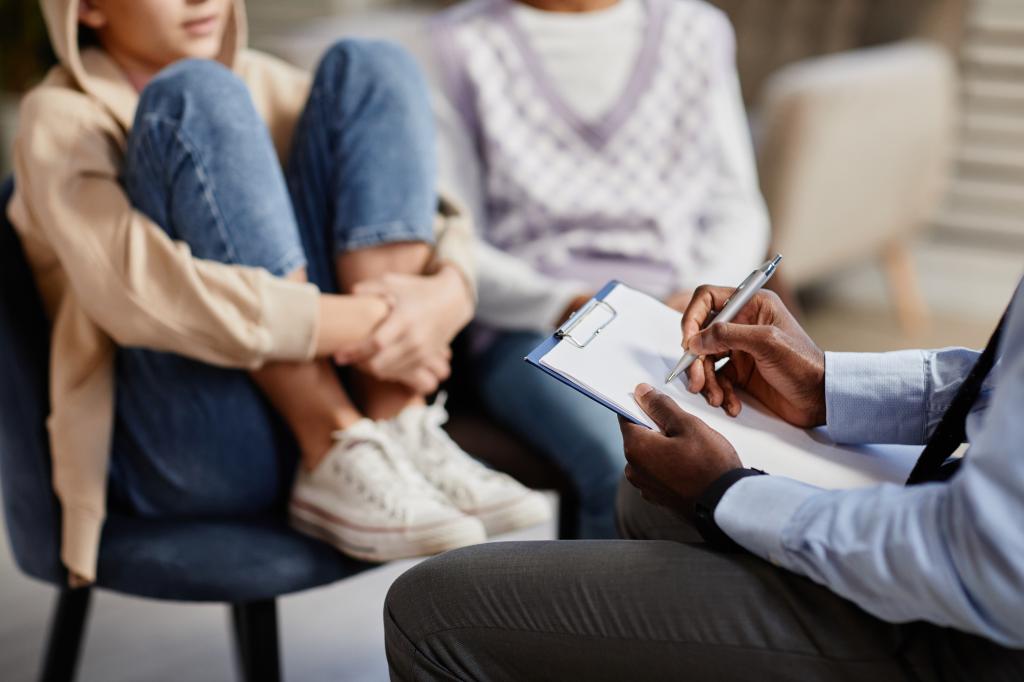Nearly 15% of children received mental health treatment in 2021: CDC
Amid skyrocketing rates of poor mental health among US youth, nearly 15% of children received mental health treatment in 2021, according to new data from the Centers for Disease Control and Prevention.
The findings, published Tuesday, suggest that poor mental health is common among American adolescents.
Namely, researchers found that more older children, aged 12 to 17, received treatment for mental health obstacles than those aged 5 to 11, while more white children received treatment for mental health than any other race.
Recent statistics show that 5.8 million children have anxiety and 2.7 million battle depression.
As depression rates surge, experts believe the mental health problems plaguing American youth are spurred on by the so-called loneliness epidemic declared by Surgeon General Dr. Vivek Murthy last month.
“One of the most concerning factors driving youth mental health issues is a lack of community and connection,” Dr. Laura Erickson-Schroth, chief medical officer at the nonprofit The Jed Foundation (JED), told The Post in a statement, citing the surgeon general’s ominous warning.
Other contributing factors, she added, include the COVID-19 pandemic, school shootings, economic strains and racial violence.
“We have to acknowledge the effects of these issues on young people and on ourselves, and work to make changes that will improve the world young people live in,” said Erickson-Schroth, who was not involved with the CDC’s research.
Using data from the 2021 National Health Interview Survey, the CDC’s researchers revealed that 14.9% of children aged 5 to 17 were treated for their mental health overall, while more boys than girls — 9% and 7.3%, respectively — took medication for their diagnosis.
When the data were analyzed by age, teenage children were treated more often than younger kids for their mental health, 18.9% versus 11.3%.
The CDC also reported that Asian children were the least likely to receive treatment and take medication for mental health obstacles compared to other races, while white children were more likely to receive therapy, medication and overall treatment.
Only 4.4% of Asian children received treatment, compared to 10.3% of Hispanic kids, 12.5% of black children and 18.3% of white children.
“Youth of color are less likely to have access to care due to lower rates of health insurance coverage and less disposable income to spend on health care,” Erickson-Schroth told The Post. “When they do receive care, youth of color are less likely to have access to someone who understands their background.”
While the psychology profession is diversifying, a stark majority are still white, she added.
Urbanization also played a role in treatment, the CDC reported, with bustling metropolises at a disadvantage.
The agency found that children in non-urban areas were more likely to receive mental health treatment compared to those in medium-sized and large cities.
The emerging research follows years of reports that American teens experience detrimental mental health effects due to the overuse of social media.
With approximately one in five kids aged 8 to 12 on social media in 2021, experts and parents alike warn against the harms of popular platforms like TikTok and Instagram, on which the content has reportedly driven users into depression or perpetuated negative body images.
Despite an alarming number of teens reporting poor mental health, experts say many adolescents may not know to seek help.
“Getting professional help starts with seeking it out, and many young people don’t know that what they’re struggling with is something they can get help for,” Erickson-Schroth said.
“We have to encourage young people to talk about mental health, and to reach out to the people in their lives who can connect them to resources.”















